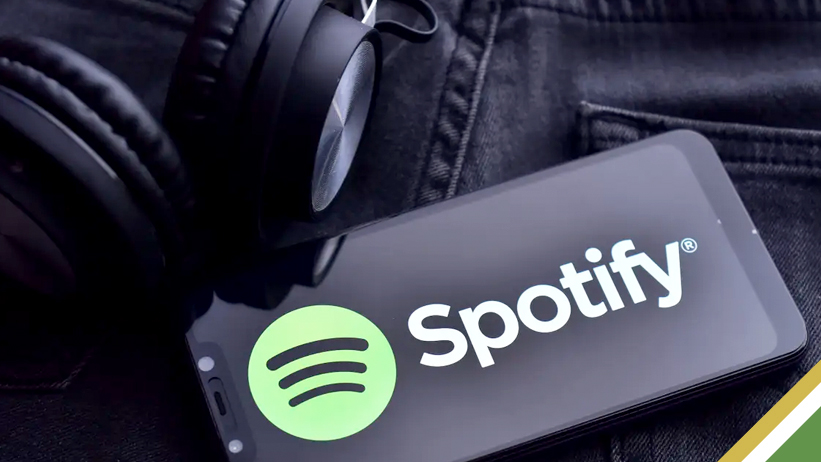As the digital music landscape continues to evolve, Spotify, the pioneering Swedish streaming platform, is poised to significantly change its subscription offerings and royalty calculations. Following a recent report from Bloomberg, the company is set to implement price hikes in several key markets, including the UK, Australia, and Pakistan, with the US expected to follow suit later this year. Individual plans are slated to increase by $1 per month, while Duo and Family plans will see a $2 rise, signalling a shift in Spotify’s pricing strategy.
Moreover, Spotify is introducing a new subscription tier dubbed “Basic,” which will provide access to music and podcasts but exclude audiobooks. Priced at the current rate of the premium individual subscription, this tier aims to cater to users seeking a more streamlined experience while offering audiobook access as an add-on feature. This move underscores Spotify’s efforts to diversify its subscription options and adapt to evolving consumer preferences in the digital content space.
These changes come on the heels of Spotify’s previous price hike in 2023, which saw increases in subscription fees across various markets. Despite initial concerns regarding potential subscriber cancellations, Spotify experienced a significant uptick in paid subscribers, demonstrating the resilience of its user base amidst pricing adjustments. With a reported increase of 31 million paid subscribers in 2023, Spotify’s CFO Paul Vogel expressed confidence in the company’s performance and its ability to navigate changing market dynamics.
Beyond pricing alterations, Spotify is also revamping its royalty calculations to prioritize an “artist-centric” payment model. This includes new criteria such as a minimum of 1,000 plays within 12 months and a minimum number of unique listeners for a track to qualify for royalty calculations. Additionally, Spotify has raised the minimum length of a functional music track to two minutes, aiming to deter manipulation of the system by incentivizing genuine engagement with content.
These changes reflect Spotify’s ongoing commitment to supporting emerging and professional artists while driving revenue growth in the increasingly competitive streaming landscape. By implementing a more transparent and equitable royalty structure, Spotify aims to empower creators and foster a sustainable ecosystem for music discovery and consumption.
As the company continues to iterate on its subscription offerings and royalty policies, stakeholders will closely monitor the impact on both artists and consumers, shaping the future trajectory of the music streaming industry.













